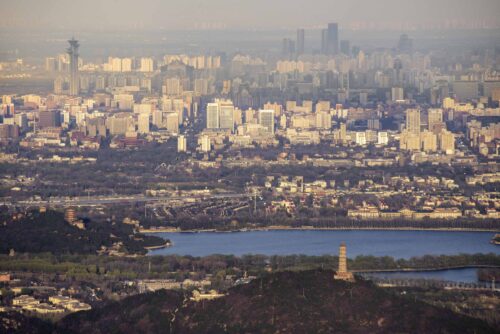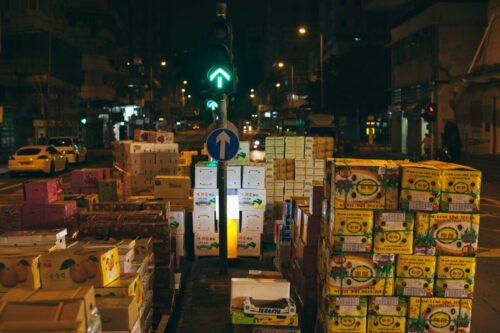Conservation China: Nomads and the Yellow River King
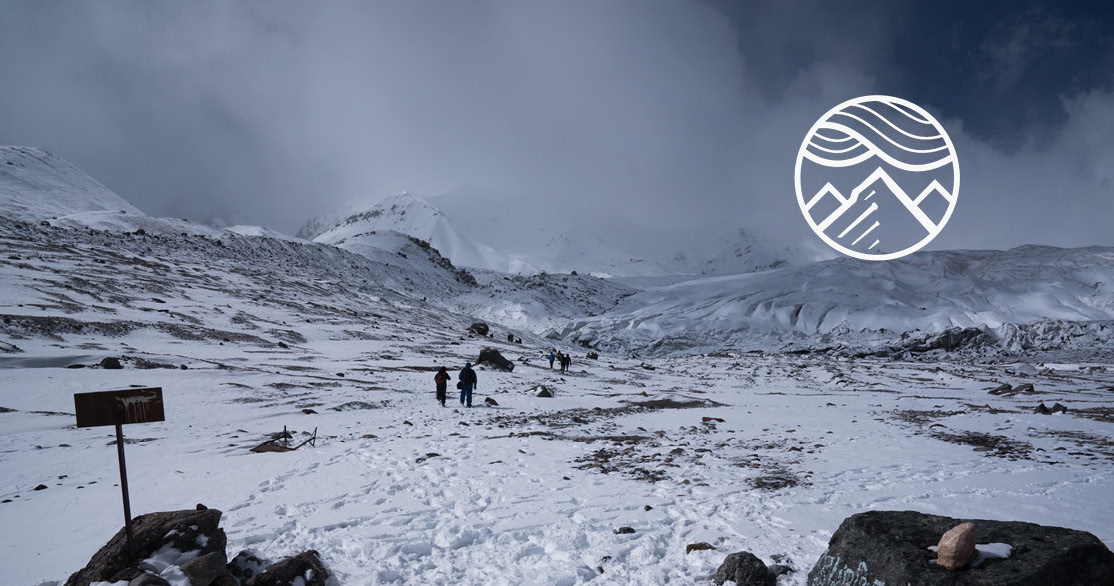
China’s first 10 national parks are expected to be established this year, joining 50,000 local community nature reserves that play a crucial role in protecting wildlife corridors across the country. In this five-part series, Conservation China, environmental photographer Kyle Obermann brings us through glaciers, remote forests, and dusty villages to the gritty and stunning frontlines of Chinese conservation efforts.
All photos by Kyle Obermann.

A low of -20°C. Chance of light flurries. I swiped left and closed my weather app. Wondering why I ever waited until October to travel to the Tibetan Plateau, I refocused my attention on which down jacket to pack.
Deep in the Amdo Tibetan region of Qinghai Province, the Amnye Machen massif was once believed to be higher than Everest. It is infrequently visited by foreign travelers — the first to travel there were marauded by bands of fiercely armed Golok Tibetans. Ninety-eight years later, on a very ordinary October Thursday morning, I took two quick flights from Chengdu to land in the quiet center of the present-day Golog Tibetan Autonomous Prefecture in Qinghai. The only marauders I encountered upon arrival were the kind armed with sharp words, dubious logic, and broken taxi meters.
Sitting at the Yellow River’s source, Amnye Machen claims a spiritual center in Tibetan culture and legend. The name roughly translates to “forefather” — or “king” — of the Yellow River Mountains. Viewed from foothills the size of the Rockies, it is easy to see how this glaciated massif almost usurped Everest. But what is happening around the icy base of Amnye Machen now threatens to upset the lives of 200 million people living downstream in the Yellow River Basin.
Most recent reports put the third pole — a synonym for the Tibetan Plateau because it contains the largest ice mass outside the polar regions — warming at a rate more than three times the global average. In late December 2019, China reported from 1970 to 2010 the pole lost over 20% of its ice, and dry regions of northwest China could subsequently face serious water shortages.
On the night this figure was released, the hashtag “one fifth glacier melted in China” took 10th place on Weibo. But China has little illustrated data to give people a way to visualize what a 20% melt looks like. Tibetan nomads are working to change that.
“What an incredible valley,” I remarked to Puwagong and Zhaxi as we exited Highway G0615 through a cut-off gap in the green guardrails. Not looking at the valley, Zhaxi explained that locals had cut this gap in the railings a few years ago to get quick access to Golog after migrant workers finished constructing the new highway. Now, the wheels of our car cracked over frozen ice on a pitted gravel road surrounded by slopes rising hundreds of meters. The pearl white monolith of Amnye Machen approached, its glaciers blending into hills covered white by last night’s blizzard.
Wind drilled snow into our eyes when we stepped outside the car. A group of Tibetans were waiting for us wearing traditional Tibetan clothing and sheltering themselves behind motorbikes. This was the Amnye Machen Nomadic Herder Environmental Protection Society, a ragtag collective of yak-herders that have gathered here since 2008, which Puwagong and Zhaxi are also a part of. Armed with what seemed to my eyes like earth’s longest handheld tape measure, twice a year they ascend Amnye Machen’s heights to measure and photograph the retreat of the glaciers next-door to their homes.
Since 2008, their measurements show that two of Amnye Machen’s most prominent glacial terminuses have been retreating on average 27 meters a year. This does not account for thinning across the whole ice sheet, where the global average would be equivalent to removing half a meter per year from the entire surface since 1980. To take those kind of measurements, the nomads would need something more sophisticated than a tape measure.
Out on the glacier, I asked them what they thought the greatest contributing factor to the melting glaciers at Amnye Machen was. Surprisingly, it was not climate change. They blamed the newly constructed Highway G0615. In 2017, while Chinese news outlets celebrated the completed construction of the world’s highest tunnel on G0615, local Tibetans worried about the dust and pollution from the construction site less than two kilometers away from Amnye Machen’s glaciers. They claimed it blackened the glacier, reducing its albedo and causing it to melt faster. This is no surprise. Glaciers on the third pole are extremely sensitive to dust; even soot remnants from traditional Tibetan yak dung burning stoves have been connected to their decline.
We concluded our two-day survey of the glaciers with a warming bowl of tsampa and yak butter tea. Afterwards, we piled back in the car and drove out the same long, wide valley. I looked back and it dawned on me: the valley’s wide, sweeping walls and rocky bottom were actually an old moraine, a 200-meter-wide by 300-meter-tall trough from where the glacier had once been. Before I could snap a photo, we cut back through the guardrail and onto the highway. In a quick 70 minutes we were already back in our Golog hotel beds.
When I unpacked, I realized I never wore my thickest gloves that day. It had not felt so cold and had probably been warmer than -20°C after all. Maybe I wouldn’t need the electric blanket. I prepared for bed not knowing whether to feel relief or sadness.
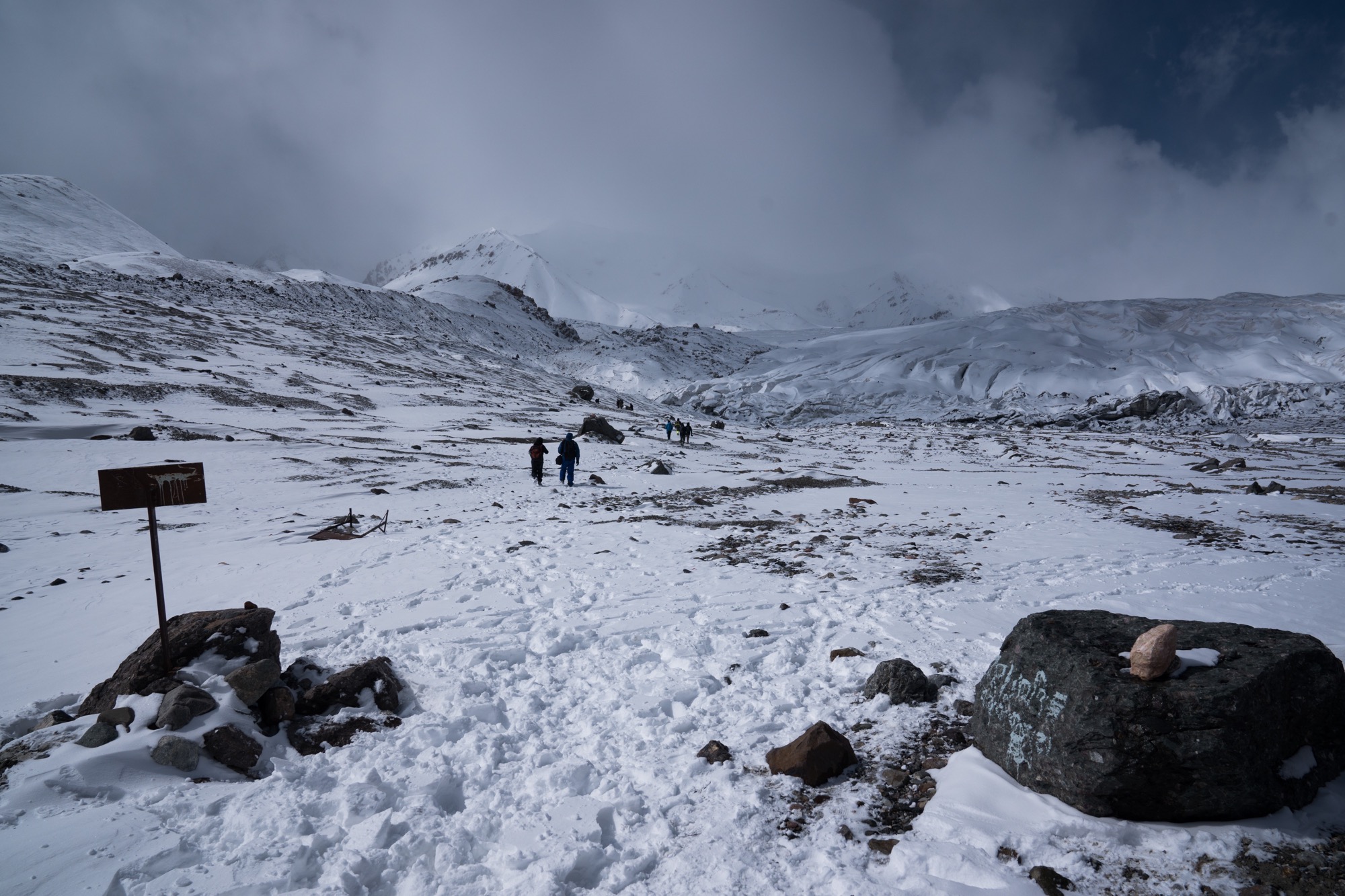
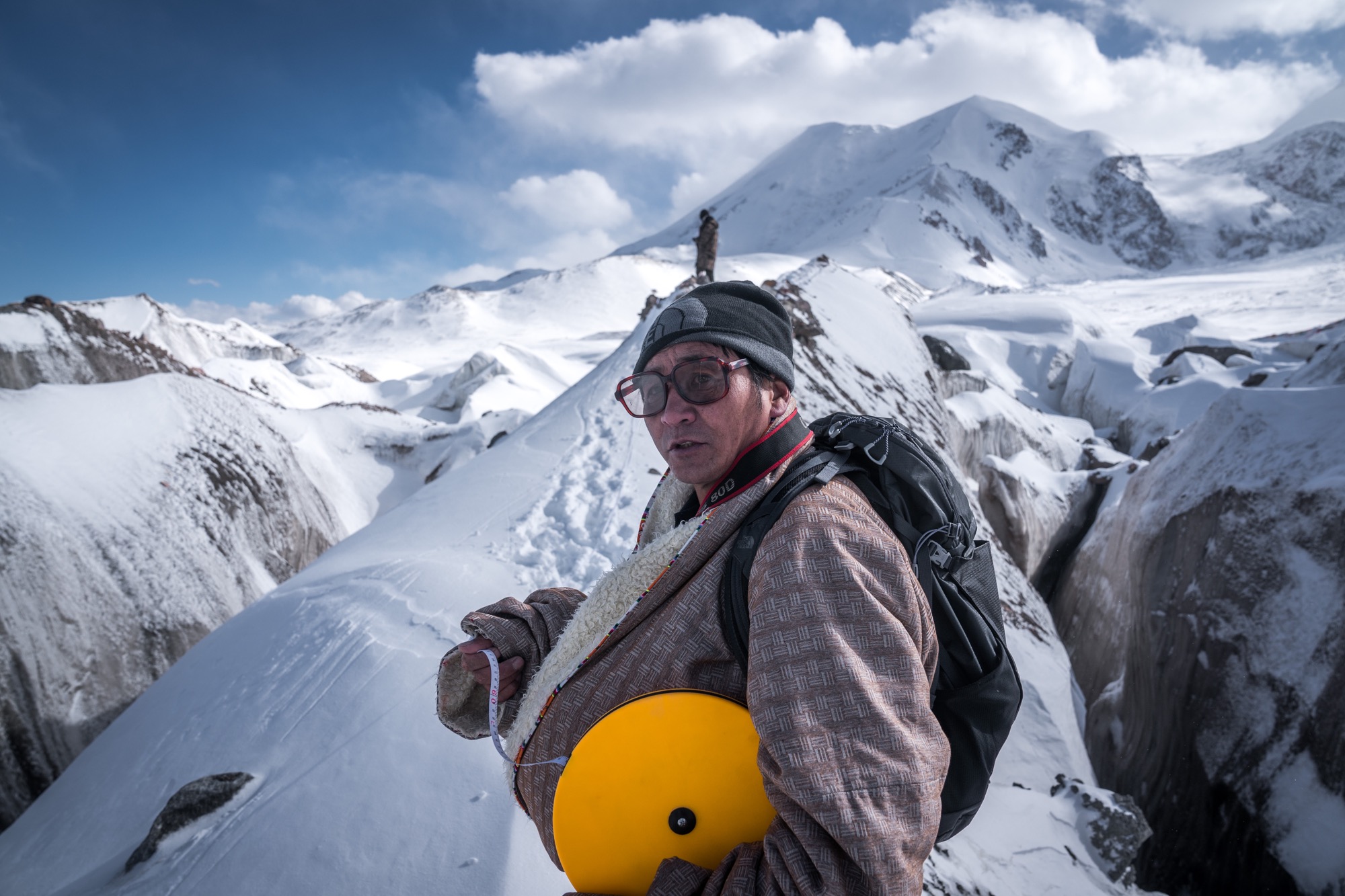
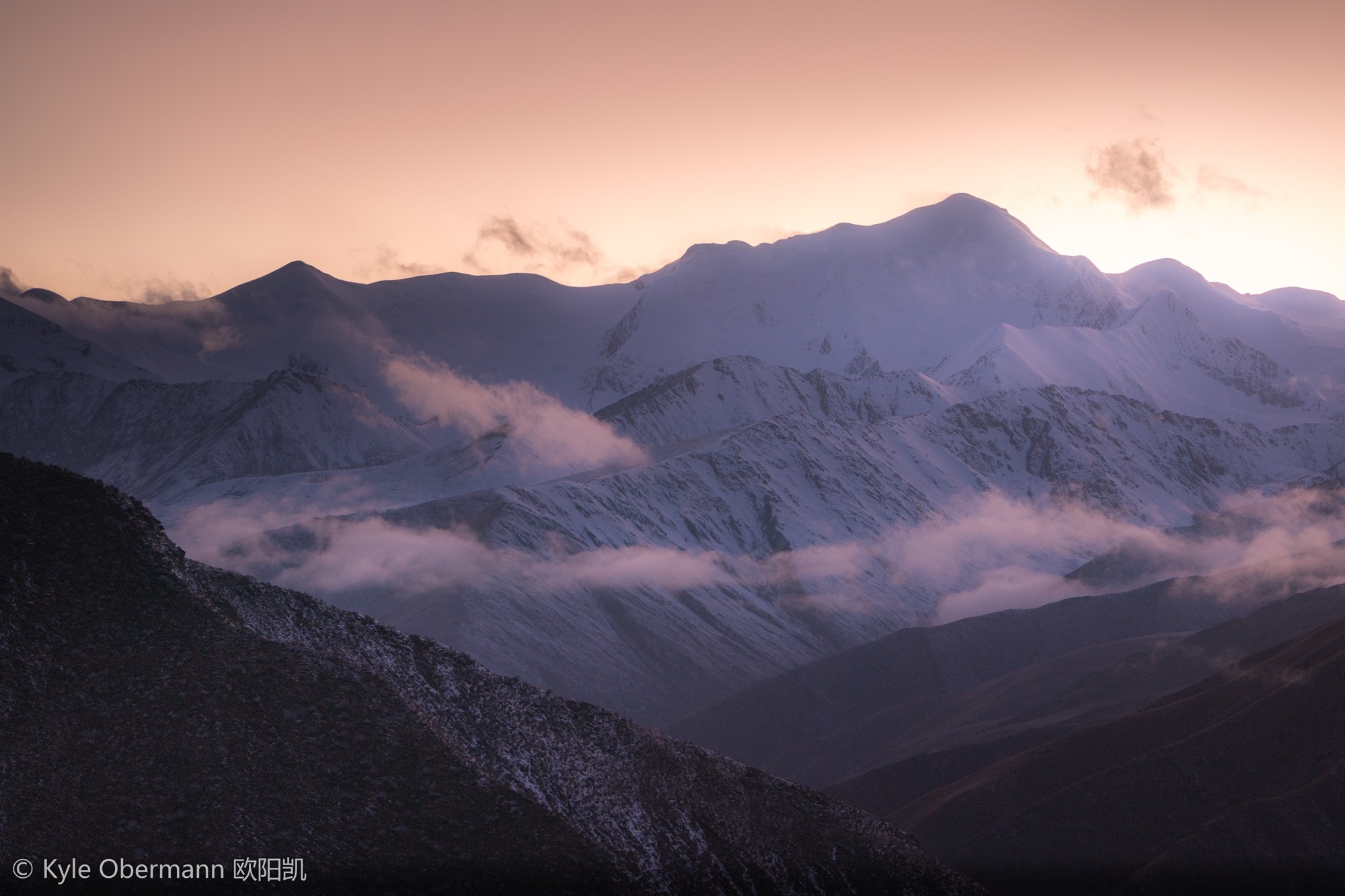
Conservation China is a five-part series. Next up:


